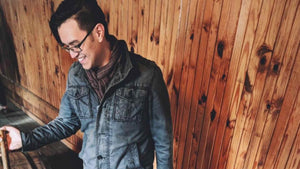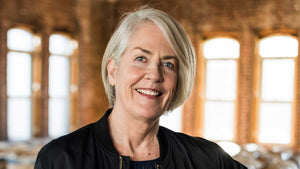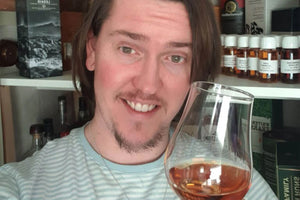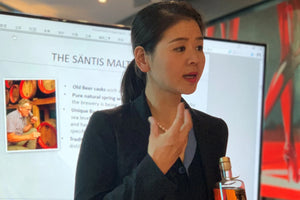Ask the expert: ABV decision maker?
After completing the process of making whisky when we have the final product after distillation and maturation, the highest level of alcohol we get such as 60-70% in it. Who makes this decision? How does the distiller get to know how much water he will have to add or how much he will have to lower the ABV by so that the exact taste will flow through the final bottle? The ABV varies between bottles so how is the deciding factor in this choice?
To calculate the volume of water to add, the distiller will measure the gravity (with a hydrometer) and temperature (with thermometer) of the spirit before using alcohol tables to determine the ABV. As they know the volume of spirit and volume to bottle, they can then use a formula to determine the volume of water to add. Of course, this can now also be done automatically with inline density meters and thermometers, with a computer calculating the amount of water to add.
The minimum level in Scotland is 40% ABV and most sell their product, especially blended Scotch, at this level. However, some distillers, especially for many single malts, will sell at a higher ABV. Sometimes stronger ABV whiskies are viewed as better quality, although this is not always the case. There are also cask strength whiskies that are sold at the ABV that comes directly from the cask.









